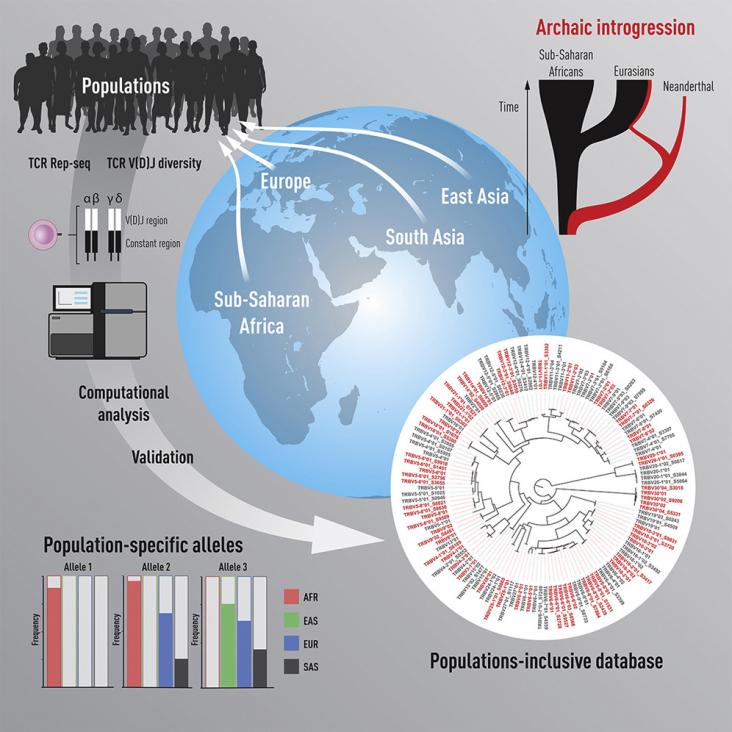This article estimates the coverage of Tackling Indigenous Smoking (TIS) teams in Australia and highlights that expanding the programme to a higher proportion of the Aboriginal and Torres Strait Islander population is an important step towards ensuring equitable access to tobacco control.
This Personal View supports SDG 3 and 10 by discussing the ethical issues surrounding the use of psychedelic pharmacotherapies in Western medicine; as some of these agents are used in traditional medicines by Indigenous people. The authors make a series of recommendations on how these issues can be addressed.
According to this review, life expectancy is reduced for Aboriginal and Torres Strait Islanders in comparison to other residents of Australia. This paper calls for indigenous researchers to be involved in implementing relevant health design with local communities in order to bridge the gap.

The article speaks to action points to improving the diagnosis of breast cancer in black women within the UK to achieve greater equity.
Evaluating the bias and fairness of ML models has drawn much attention in the machine learning and statistics community. Researchers have proposed methods to assess and mitigate the bias for various applications that could adversely affect underrepresented groups, like recidivism prediction, credit risk prediction, and income prediction.
Review article that examines 66 studies to understand the state of knowledge on the relationship between urban environment and the travel of people with disabilities. Adapts the classic travel demand model to the mobility characteristics of people with disabilities, interprets the existing literature, points out the missing links, and suggests directions of future research.
This Article supports SDGs 3 and 10 by evaluating whether provision of a cash transfer to children and adolescents would improve their access to health and education resources, by removing financial barriers to these resources. The programme was successful in this regard; eg, beneficiaries were twice as likely as non-beneficiaries to use rehabilitation services and attend school.
Health for All must include representation of people with lived experience in the research underlying health care: this paper describes a first-person experience of this in mental health.

The frequencies of immune receptors on T lymphocytes varies among African, East Asian, South Asian and European populations.
The rich potential of legal rights in advancing planetary health is no longer untapped.1 In July, 2022, the UN General Assembly adopted Resolution A/76/L.75, which recognised “the right to a clean, healthy and sustainable environment as a human right”, by a landslide of 161 votes. This historic resolution stands on the shoulders of a long line of UN initiatives, such as the Human Rights Council's Resolution 48/13, which was enacted in October, 2021, and recognised the right to a healthy environment as “important for the enjoyment of human rights”. This occurred 6 months after UN Environment, WHO, and 13 other UN entities issued a statement that described the failure to recognise the right to a healthy environment as detrimental to the attainment of the UN Sustainable Development Goals. Earlier, the Stockholm Declaration on the Human Environment 1972 affirmed that humans have “the fundamental right to freedom, equality and adequate conditions of life, in an environment of a quality that permits a life of dignity and well-being”. Two decades later, the Rio Declaration on Environment and Development 1992 demanded that states “conserve, protect and restore the health and integrity of the Earth's ecosystem”.
